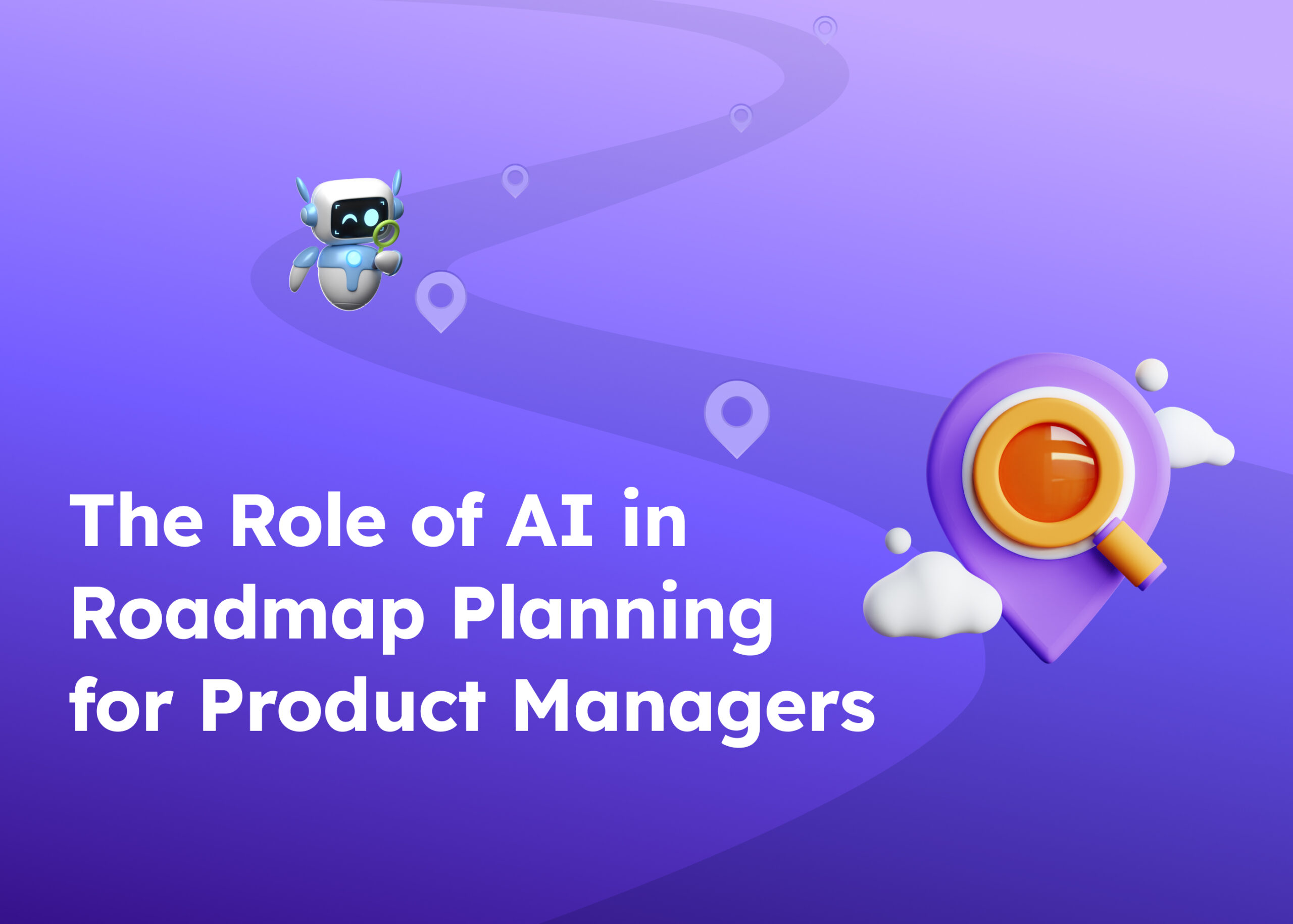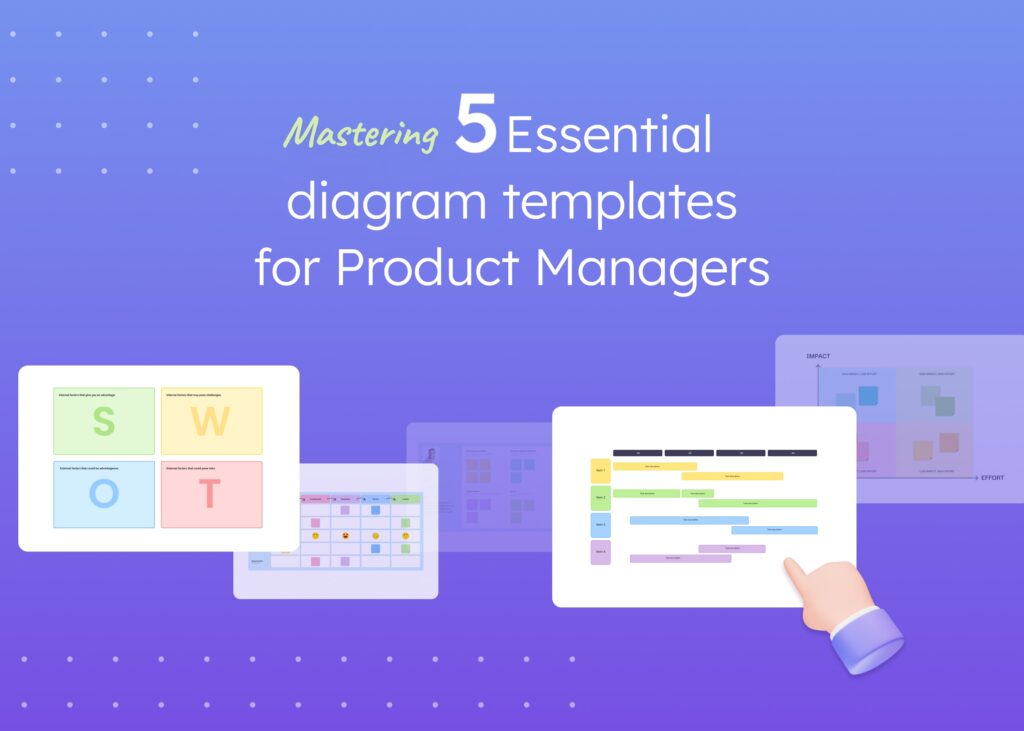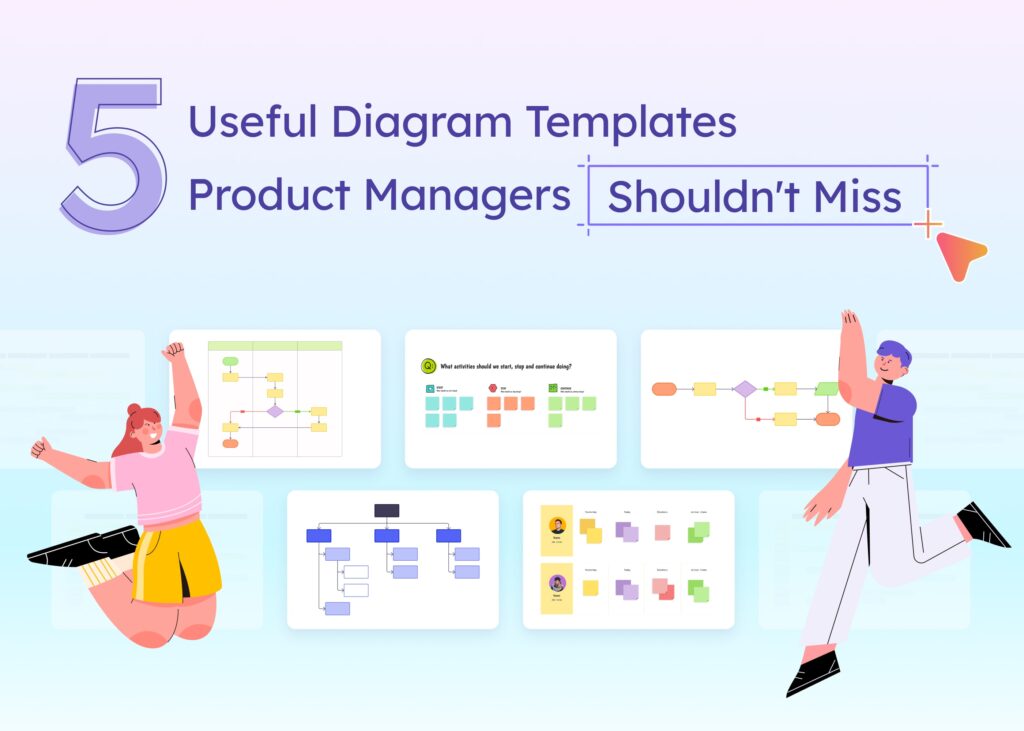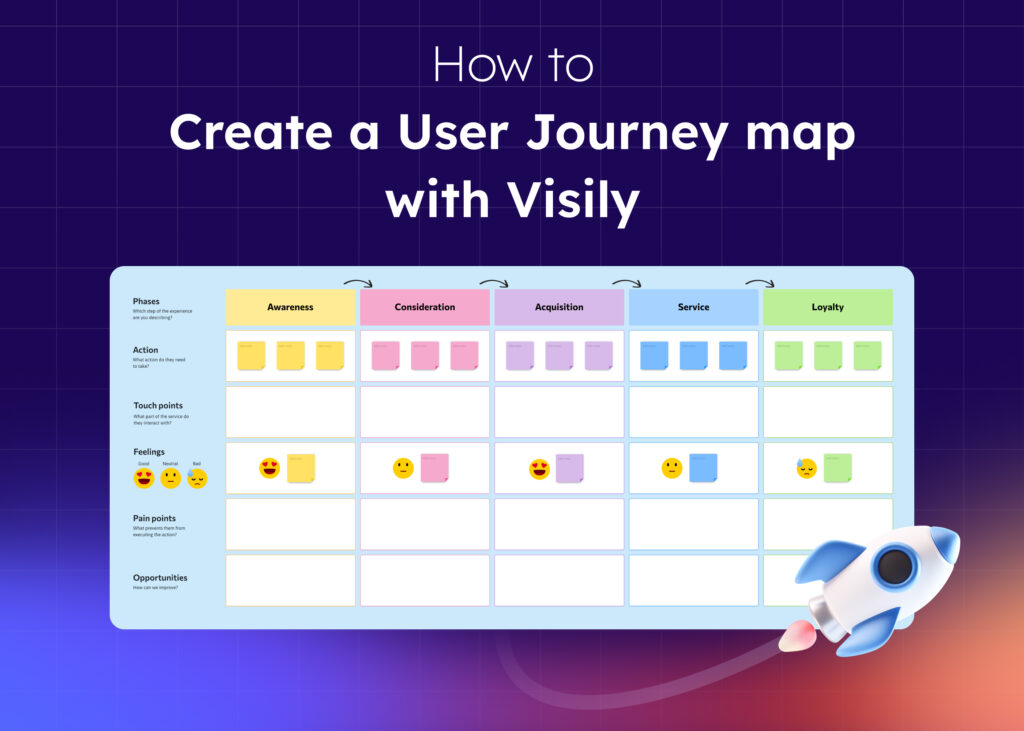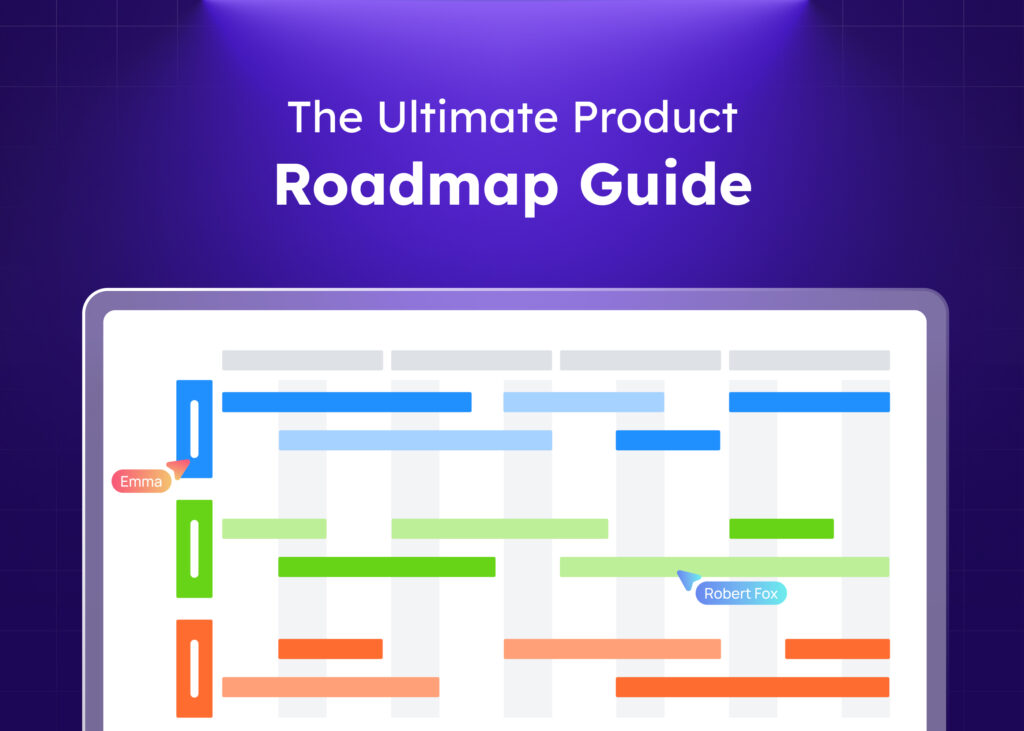Roadmapping is a method of strategic planning that helps product teams and clients visualize how your desired product will look and meet business goals, as well as the timeline for completion.
At a high level, a roadmap helps to do two key things:
- It helps to plan the steps and things needed to make your product vision happen.
- To build clarity and alignment with executives, team members, and cross-functional groups around upcoming goals and timelines.
Sounds simple enough, right? But in practice, this process requires a lot of data, input, brainstorming, meetings, designing, and iterating.
Because of this, it can be a major resource drain (not to mention pain). However, without the product roadmap, you might as well try to land a rocket on the moon with no knowledge about the laws of physics.
In this piece, we will go over how AI can help you to build better and faster roadmaps. We will also show you a few key tools you can start using and show you our top tips for how you can get started.
Challenges with old-school product roadmap planning process
The traditional roadmap planning process involves a lot of manual groundwork. You need to gather information from various stakeholders, synthesize data, create an initial roadmap, and constantly update it (as plans inevitably change).
To help them do this, product managers typically rely on tools like spreadsheets, post-it notes, and whiteboards to map out product strategy. Building a comprehensive roadmap or even a business process in this format is painstakingly slow and not effective.
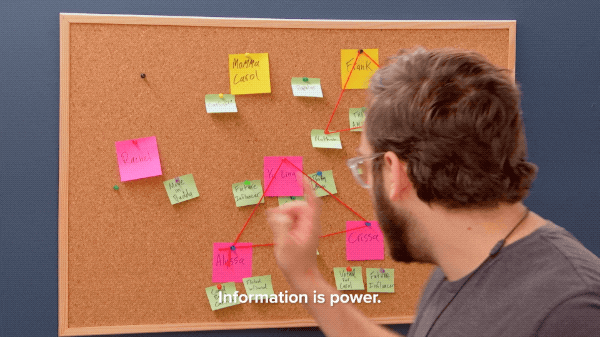
For distributed teams, collaborating on roadmaps is even more difficult. Comments get lost in email chains, and aligning remote teams using legacy tools can be tricky.
It’s also difficult to get a data-driven perspective on which product features will have the biggest business impact. Product managers end up making gut-instinct calls on priorities, which may not align with user needs.
And then there’s the problem of getting and synthesizing the product, user, or market data available. It takes ages to do and might not be 100% accurate or even usable.
Worse yet, traditional roadmaps quickly become outdated as user needs rapidly evolve. Without a way to continuously update the roadmap, product teams often find themselves building features that users no longer want. The results? Wasted development resources and frustration for everyone on the team.
How AI is transforming roadmap planning
Thankfully, product roadmaps can now be planned more efficiently and effortlessly with the help of (artificial intelligence) AI tools.
AI can give up-to-date insights
Some AI tools can offer real-time insights into user behavior and market trends. Product managers can use this information to adjust the roadmap so that it stays up to date with changing conditions and user needs.
The best part is that the AI can quickly synthesize and break down tons of data, saving you time and resources.
AI can help design product roadmaps & plan them
Designing a roadmap can sometimes take hours (or, in some cases, even days). AI can turn natural language descriptions into designs and diagrams. This way, you can reclaim those hours so you can focus on the strategic thinking behind the roadmap.
For example, Visily’s AI can act as a product roadmap generator thanks to its text-to-diagram feature. Need a timeline diagram to map out key milestones? Visily’s AI can create the baseline timeline roadmap. How about a bubble chart to visualize your product opportunities by value and effort? Visily’s AI features can help you create them in minutes.
Visily even offers AI features that can generate diagrams, wireframes, and prototypes. While this AI tool won’t replace human designers, it can take the grunt work out of creating initial drafts. Visily’s AI also opens up the door for non-designers to quickly and easily create designs, wireframes, and prototypes.
AI-powered project management
AI algorithms can study past project details and data to predict timelines and resource requirements for future projects. With AI-assisted planning, product managers can plan more accurately and use resources more efficiently.
Product managers who are skilled at using AI can also use it to predict workloads, which leads to better roadmap planning.
AI can help analyze market trends and the competitive landscape
AI can gather and analyze information on competing products, market trends, and industry progress. Insights like these help guide product managers when they are prioritizing features to focus on and how to strategically position the product in the roadmap. It also saves them countless hours on market research and industry trends.
Additionally, AI can compare your product to others, supplying valuable insights on where your product can excel or differentiate itself.
Real-world AI tools for road mapping
Below are some real tools that you can start using today to help you build better, faster and super collaborative roadmaps.
Visily — Saves you time designing roadmaps
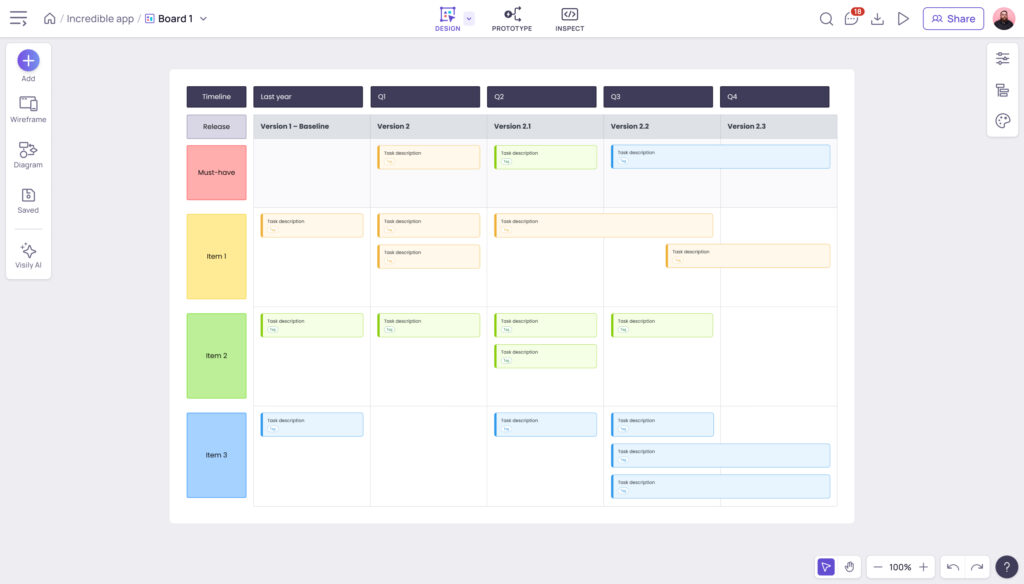
Visily’s AI can turn simple text descriptions into visual roadmaps and flowcharts. This makes it easy to visualize and share your roadmap with stakeholders. As mentioned above, it can also help you to build quick designs using other AI features.
In terms of collaboration, teams can work within Visily boards on the roadmap and use annotations or sticky notes to leave comments or feedback. Product planners can use Visily to build and host the roadmap planning sessions and then the engineering and design teams can build the wireframes and prototypes within the same platform.
Motion — Helps with timeline predictions
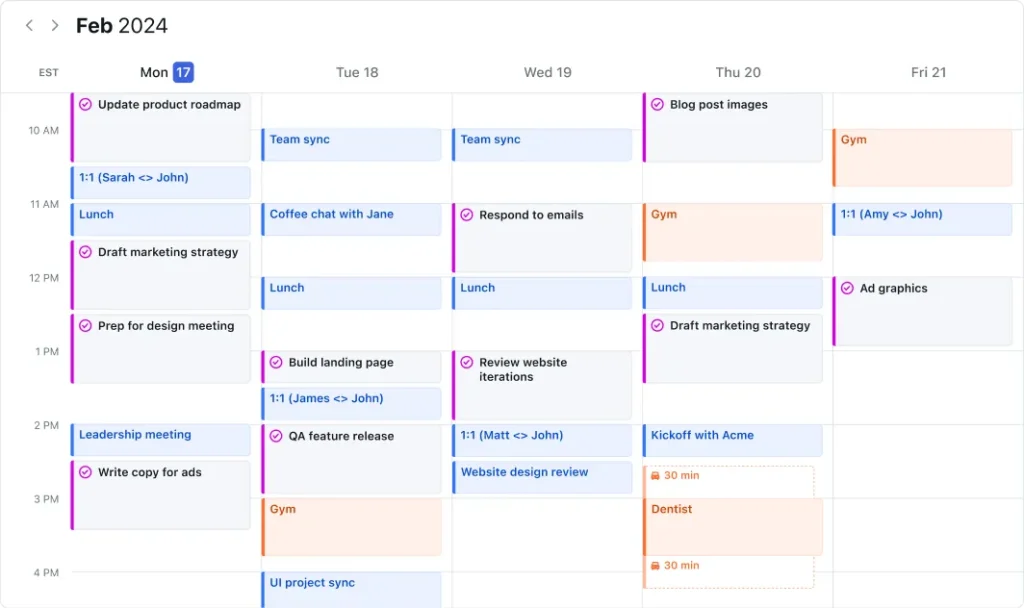
Motion is an AI-powered project management tool. It uses machine learning models (ML) to analyze past projects and make predictions about upcoming timelines, budgets, and resource needs. For roadmapping, Motion can forecast how long initiatives may take to ship based on data.
With these insights, a PM can better estimate development time and resource requirements.
Zeda.io — Shows more user insights
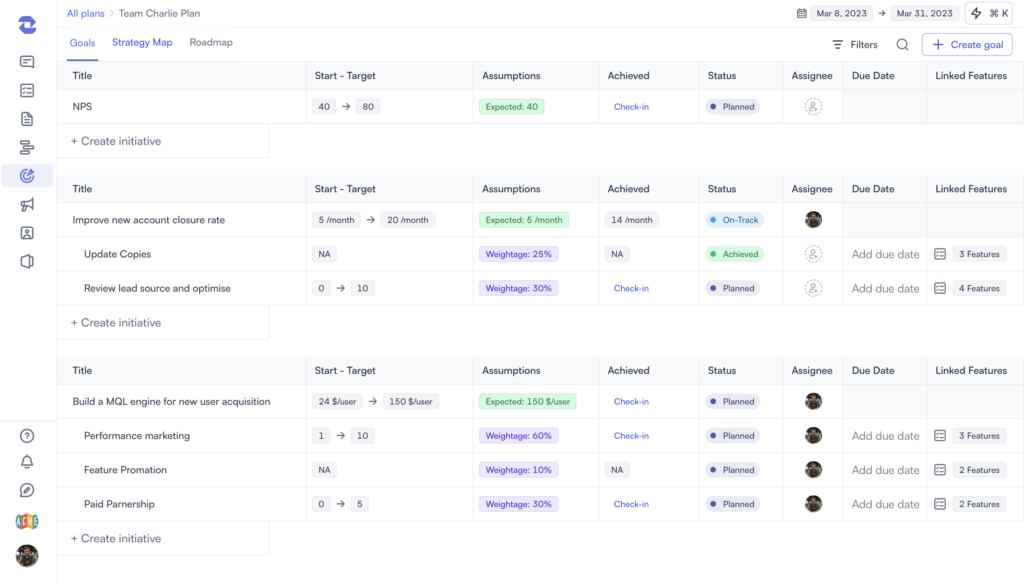
Zeda.io uses AI and community feedback to deliver roadmapping insights. Its algorithms aggregate customer requests, market trends, and other signals to recommend high-value features to work on next.
Zeda.io also uses predictive analytics to estimate market demand for roadmap items.
Glassbox — Helps gather competitor and market insights
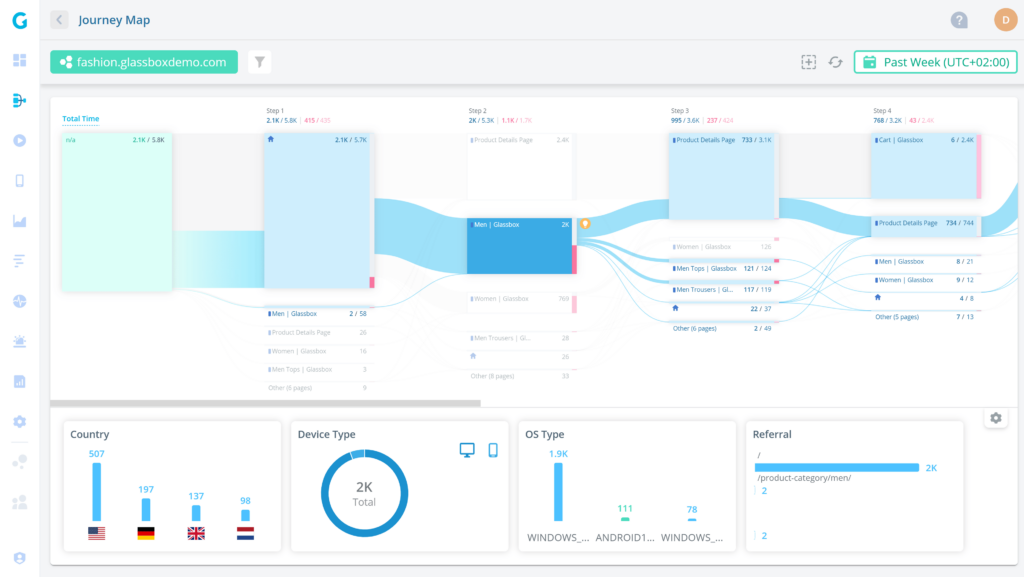
Glassbox applies AI across your entire product planning process. It can perform competitor analysis, evaluate market opportunities, and estimate engineering effort for proposed initiatives.
Where to start with AI
While AI is a super exciting innovation that holds huge potential, it is still fairly new and, therefore, it can be tricky to implement. Because of this, there are a few things you should keep in mind when you start using AI in your roadmap process.
Start small and focus on high-impact areas
As you start to incorporate AI in your roadmap planning, it’s best to start small and focus on one or two high-value use cases where AI can immediately add the most value.
Some examples of high-impact areas to focus your initial AI efforts:
- Lean on AI design and collaboration tools to help you speed up and simplify the roadmap design and brainstorming stage.
- Use AI to analyze surveys, app reviews, support tickets, etc., to identify trends.
- AI can scan community forums, sales calls, social media, and more to create a consolidated list of the most commonly requested features.
- AI models can quantify and weigh complex tradeoffs. Let it help you prioritize features based on multiple factors like customer demand, revenue potential, and engineering effort.
- AI can estimate how popular a feature might be based on correlations in your data so you can use it to forecast needs.
Taking this focused approach can also help you prove ROI faster.
Combine AI insights with PM expertise
While AI can give supplemental insights and analysis to the roadmapping process, product managers still need to add important context, strategy, and planning. AI is great at crunching large volumes of data and building initial frameworks, but PMs know the qualitative factors like company goals, customer needs, and market dynamics.
For example, an AI tool might determine that customers who engage heavily with a certain feature are more likely to churn. But a PM understands that this feature is new and customers are struggling to use it — the churn correlation does not necessarily mean the feature is bad.
The right approach recognizes the strengths of both humans and machines—AI for detecting patterns in data at scale and PMs for strategy, judgment, and contextual decision-making. Together, they can build a smarter roadmap.
Some best practices when combining AI with PM expertise:
- Don’t blindly follow AI recommendations — validate with your own research first.
- Leverage both quantitative AI insights and qualitative PM knowledge.
- View AI as assisting, not replacing, the PM.
- Ensure PMs understand the basics of how the AI models work to properly interpret outputs.
Don’t fully automate — keep humans involved
Full automation can lead to overreliance on AI models, resulting in blind spots, biases, and a lack of accountability. The key is to strike the right balance and keep people involved in the entire process.
Some ways to keep people involved:
- Don’t let the AI make final roadmap decisions. Use it for things like ideation and prioritization.
- Keep PMs in the loop by having them sanity-check AI-generated roadmaps. Does it align with company goals and make strategic sense?
- Use AI to surface insights, but let PMs interpret and act on those insights.
- Maintain transparency around how the AI works so PMs can complement its strengths and mitigate its limitations.
Invest in change management and AI training
Adopting new technology requires evolving processes and mindsets. Rather than just dumping an AI system on product teams and expecting magic, take the time to explain how the tech works and how it will (and won’t) impact their day-to-day lives. A little education goes a long way in helping them get the most out of AI.
And don’t just teach them how to use the tech. Prepare them for how their workflows and priorities may shift. Explain how they’ll use it and what they can expect. And make it clear the humans are still steering the ship.
Lean on the AI trend
AI in roadmap planning is here to stay and will only get smarter and more beneficial for PMs. With the right human oversight and a little creativity, AI can help us build better roadmaps faster.
Our advice? Start small. Pick an area of road mapping that’s becoming tedious and try automating part of it. Document what works and what doesn’t. Keep iterating. Before you know it, you’ll be able to build roadmaps faster and more accurately than ever before.
As a lightweight way to implement AI, try Visily to help you generate the initial roadmap design and host the brainstorming planning session with your stakeholders.
Sign up for your free Visily account here.
